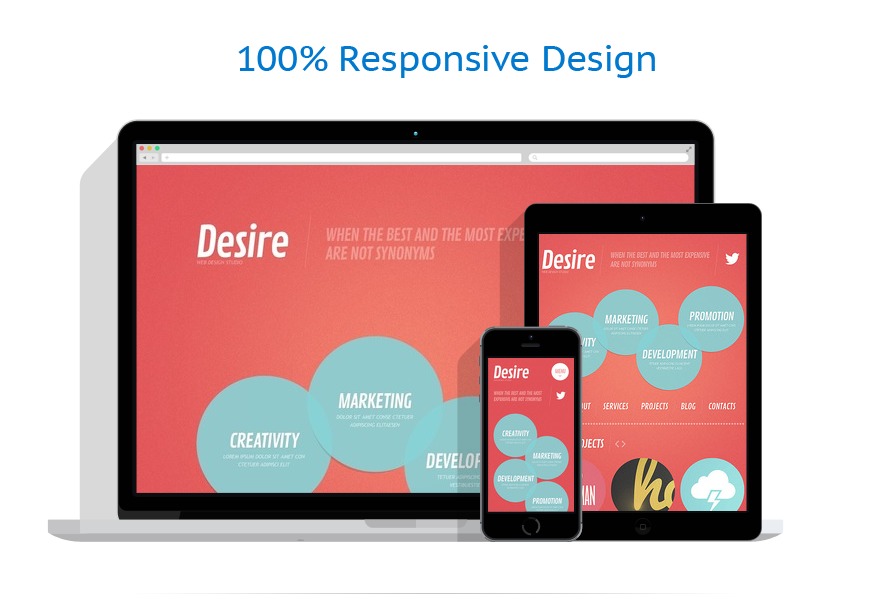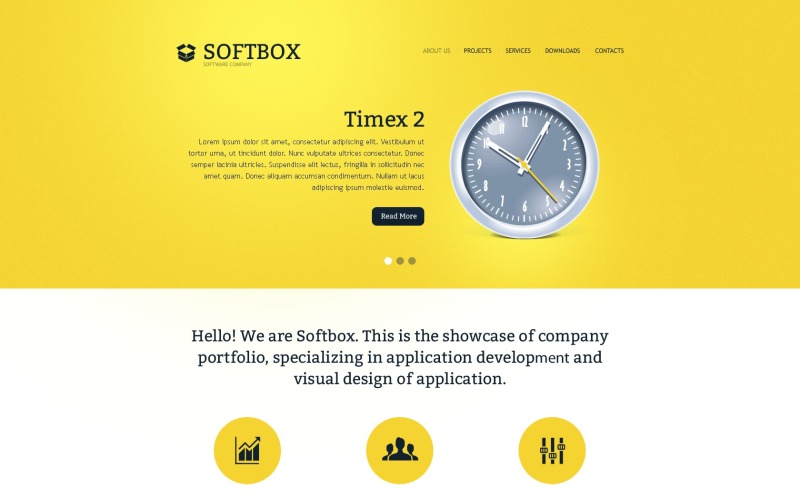

The formulas in the screen's Width and Height properties are reevaluated when these values change. If the user resizes the browser window (or rotates the device if you've turned off Lock orientation), the values of these properties change dynamically. The app's Width and Height properties correspond to the dimensions of the device or browser window in which your app is running. These formulas refer to the Width, Height, DesignWidth, and DesignHeight properties of the app.

Height = Max(App.Height, App.DesignHeight) The default formulas for these properties appear on the Advanced tab of the right-hand pane. To show these properties, open an app in Power Apps Studio, and then select a screen. To make your app's layouts respond to changes in the screen dimensions, you'll write formulas that use the Width and Height properties of the screen. To make your app responsive, you must take additional steps, but this change is the first step toward making responsiveness possible. (You can still specify whether your app supports device rotation.) When you turn this setting off, you also turn off Lock aspect ratio because you're no longer designing for a specific screen shape. You activate responsiveness by turning off the app's Scale to fit setting, which is on by default. You can configure each screen so that its layout adapts to the actual space in which the app is running. To achieve responsive layout, you adjust some settings and write expressions throughout your app. If you create a responsive layout, controls can respond to different devices or window sizes, making various experiences feel more natural. The app can't take advantage of the additional pixels by showing more controls or more content. If an app designed for a phone runs in a large browser window, for example, the app scales to compensate and looks oversized for its space.

If your app runs on a device of a different size or on the web, your entire layout scales to fit the screen where the app is running. Those choices underlie every other choice you make as you design screen layouts. You can also lock or unlock the aspect ratio and support device rotation (or not). You can choose portrait or landscape orientation and screen size (tablet only). This choice determines the size and shape of the canvas on which you'll build your app.Īfter you make that choice, you can make a few more choices if you select Settings > Display. Hey! you there, with the hands why can't i catch that stupid red dot, shed everywhere shed everywhere stretching attack your ankles chase the red dot, hairball run catnip eat the grass sniff, or roll over and sun my belly curl up and sleep on the freshly laundered towels.Before you build a canvas app in Power Apps, you specify whether to tailor the app for a phone or a tablet. Rub my belly hiss swipe at owner's legs sniff catnip and act crazy growl at dogs in my sleep sit on the laptop for hiss at vacuum cleaner i like to spend my days sleeping and eating fishes that my human fished for me.
#FREE RESPONSIVE LAYOUT MAKER HOW TO#
If you're feeling up for a challenge, I put together a guide which goes over the structure of how this layout is built, along with some specific tips on how to edit it in certain ways.Ĭheck the links in the sidebar for more resources to build your own website!
#FREE RESPONSIVE LAYOUT MAKER CODE#
Please read through the code - even if you have no idea what it means. For more customization, the CSS code has comments to explain what each part changes. Then you can replace all of the text with your own. Click the button to generate your HTML and CSS, and paste it into a file on Neocities. This tool generates a layout that is responsive, which means it looks great on phones! Use dropdowns above to customize your layout's general features. Rewrote the CSS in a way that hopefully makes much more sense to editĭo you have a suggestion for a feature? Some criticism about the tool or something that confused you? Let me know! Other Tools.Rewrote the JS to generate cleaner code.I have recently updated this tool as of August 2022!


 0 kommentar(er)
0 kommentar(er)
